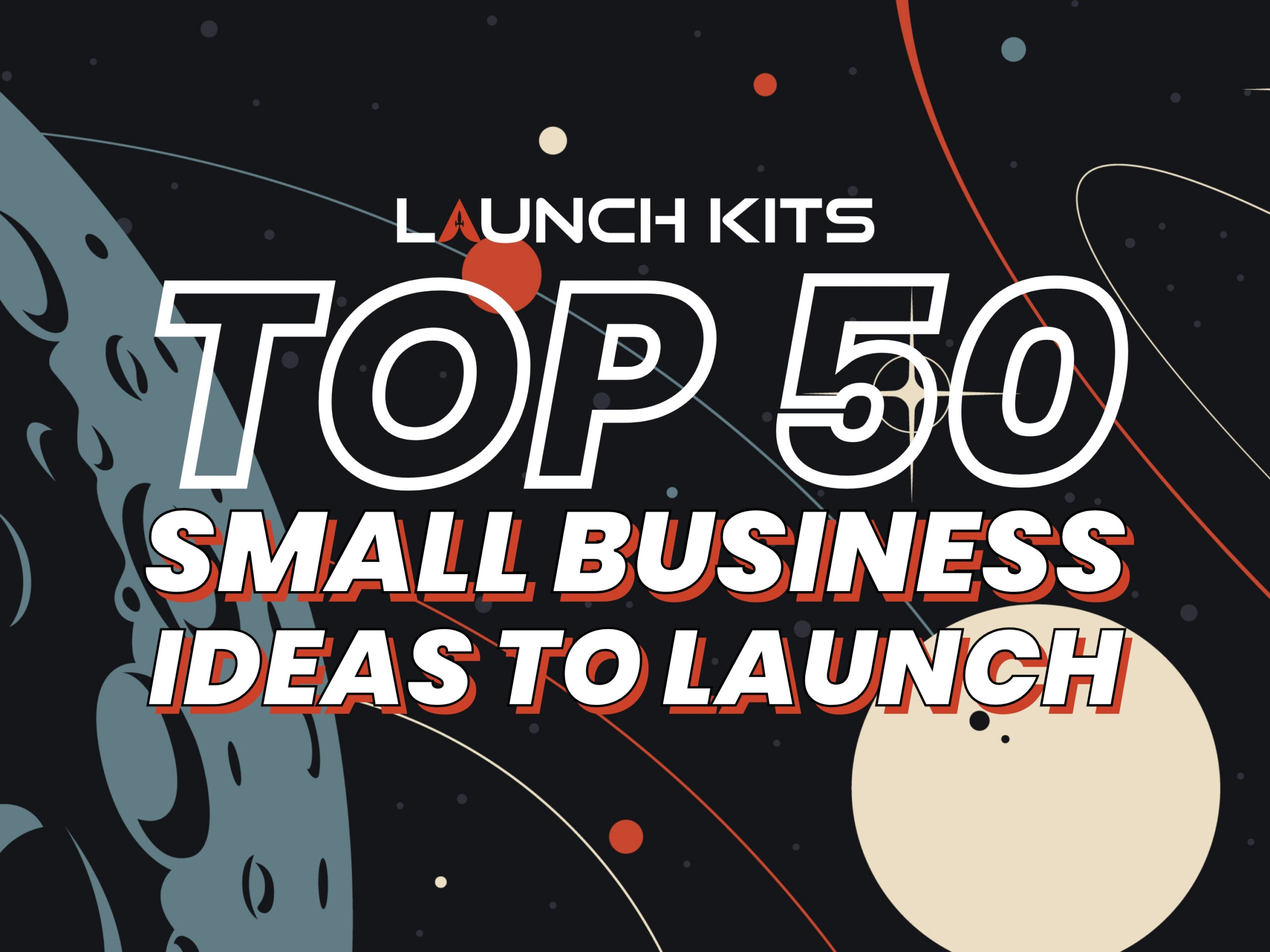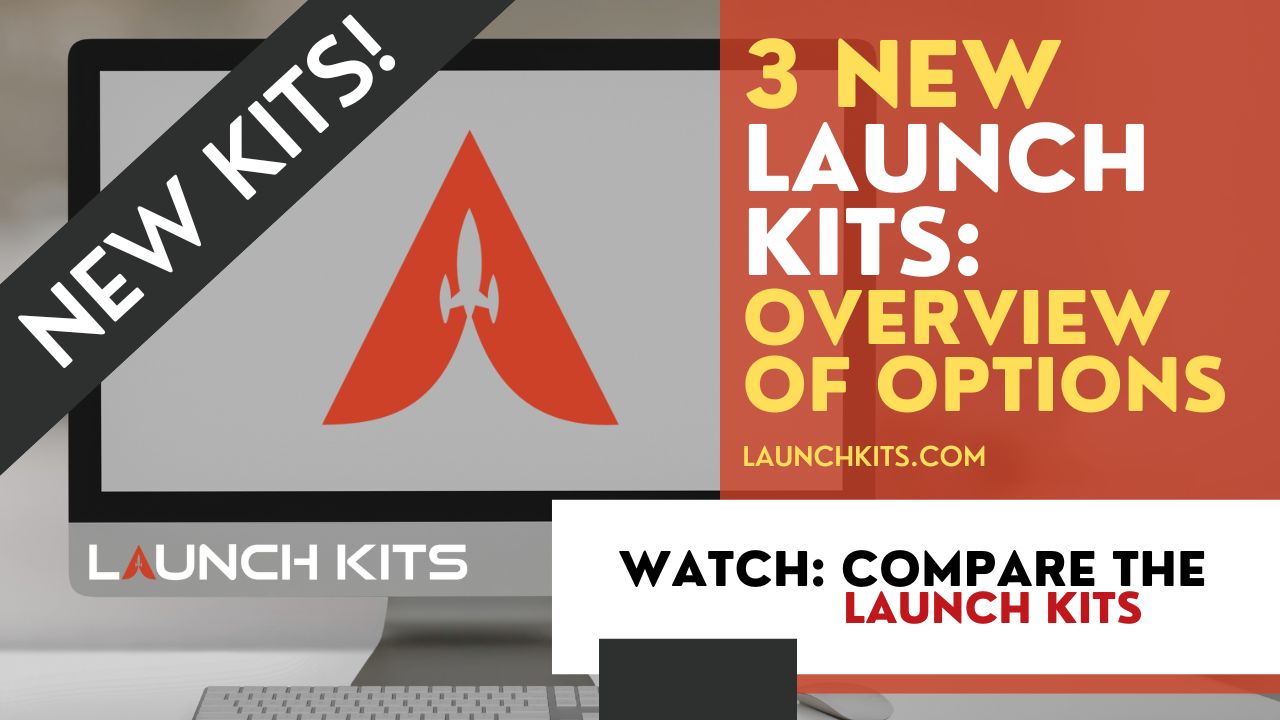Building a website for your “sweaty startup” — that side hustle you’re working on after hours, or your full-time hustle you’re trying to scale — is a huge step. But it’s not just about throwing together a few pages and calling it a day. To make sure your sweaty startup website works hard for you and doesn’t become just another cost, there are six key questions you need to ask before you dive into building it.
Justin Rule, founder of Launch Kits, a web design company with a focus on helping “sweaty startups” thrive, has worked with over 250 entrepreneurs and side hustlers. He’s learned a thing or two about what makes a website successful for businesses that are just starting to grow. Here are six important questions to consider, straight from Justin’s experience.
1. How Will My Website Help Me Get Leads?
“Your website isn’t just a brochure; it’s a lead generation tool,” says Justin. “Whether you’re a landscaper, a handyman, or a coach, you need to think about how people are going to find you online and how your site will convert that traffic into leads.”
Before you even think about design, you need to have a strategy in place for generating leads. There are two primary types of lead generation: online and offline. From paid ads and organic search to social media traffic, figure out what works best for your target audience. Justin advises, “A lot of people spend money on yard signs, car wraps, or direct mailers, but they forget to put their website’s URL on them. If you’re driving offline traffic to your website, you need to make sure it’s clear how to connect.”
A successful website isn’t just about looking good—it’s about driving results, and the first result you need to focus on is leads.
2. How Am I Going to Maintain My Website?
“Building the website is only half the battle. Maintaining it is the other half,” Justin explains. “You’ve got to think about who’s going to handle hosting, security, content updates, and other maintenance tasks.”
Many new business owners assume their website will run smoothly after launch, but it’s an ongoing process. If you’re running a sweaty startup, you probably won’t have time to handle all the updates yourself. “Consider who will help you post blog articles, upload videos, and keep your content fresh,” says Justin. “Having a support team you can rely on to keep things running smoothly is a game-changer.”
If you’re planning to handle the updates yourself, make sure to schedule time for it. Whether it’s 20 minutes a week during your lunch break or an hour on weekends, you need to stay on top of content creation and website maintenance to keep your site ranking and engaging.
3. Who Owns the Website?
“Owning your website’s content is critical,” Justin emphasizes. “If you build your site on platforms like GoDaddy, Hibu, Wix, or Weebly, and you stop paying, guess what? Your website disappears with it. That’s why ownership matters.”
It’s important to understand the implications of where you build your site. With some cheap website builders, the platform retains control over the domain and the content, meaning if you want to switch providers or stop paying, you could lose everything. At Launch Kits, Justin’s team ensures that clients retain ownership over everything—design, content, images—so they have full control of their website, even if they decide to move to another service provider in the future.
4. Can Your Website Grow With You?
Starting small doesn’t mean staying small forever. “If you plan to scale your business, your website needs to scale with you,” Justin points out. “If you’re starting with a simple local service, but want to expand into multiple cities or add online booking, your website needs to accommodate that.”
Think about what you want your business to look like a year or two from now. Can your website support more complex features as you grow? Do you even have USA based website design and support? Can it handle an expanding blog, a members-only portal, or even a customer dashboard? Make sure you’re building a website that will adapt as your business grows, rather than limiting you to basic functionality.
5. What Is My Main Message?
Before you start designing, you need to clearly define your brand’s message. “You have to know who you are and what you stand for,” says Justin. “Are you the fastest, the most affordable, or the most reliable? Are you focused on your community? What is the message that will resonate with your ideal customers?”
For example, if you’re running a lawn care business, are you the best at keeping yards looking pristine, or do you specialize in eco-friendly, sustainable practices? If you don’t clearly communicate this on your website, your visitors won’t know why they should choose you over the competition.
We emphasize our USA-based support as a key message. “We’re proud of the fact that our team is located right here in Lancaster County, Pennsylvania,” Founder, Justin Rule, says. “That’s our selling point—people want to talk to real people in their time zone.”
Clarifying your message upfront helps ensure that your website resonates with your target audience, making it easier to convert visitors into customers.
6. What Should I Spend on My Website?
“How much you spend on a website depends on your business and what you’re comfortable risking,” Justin advises. “But here’s a simple rule of thumb: Your website should pay for itself with at least three clients.”
Don’t overpay for your first website. You can get an affordable website design that is built in the USA, proven to work, and does not break the bank!
If you’re just starting out, the last thing you want is to pour money into a website that doesn’t produce results. Justin suggests, “If you spend $1,000 on a website, make sure you can get at least $3,000 in return. You should aim for three times your investment, so that it’s not just a cost, but an investment in your growth.”
Think about the value you’re expecting from your website and how many clients it would take to break even or make a profit. If you’re spending more than you can reasonably expect to earn in the first year, you might want to reconsider your budget or look for a more scalable solution.
Final Thoughts
Building a website for your sweaty startup is more than just a checklist of tasks. It’s a strategic decision that can impact your business for years to come. As Justin Rule says, “Think about your business’s goals, your audience, and how your website will work for you before you launch. You don’t want to just put up a site—you want a tool that helps you get leads, grows with your business, and reflects your brand’s message.”
By asking these six questions before building your website, you’ll be better prepared to create a strong, sustainable online presence that drives real results for your business. Whether you’re working on your side hustle or growing a full-time business, having the right website strategy will help you move your business forward.
Got questions about launching your own website? Justin and his team at Launch Kits are always ready to help. Reach out today to learn more about their approach to web design for sweaty startups.






